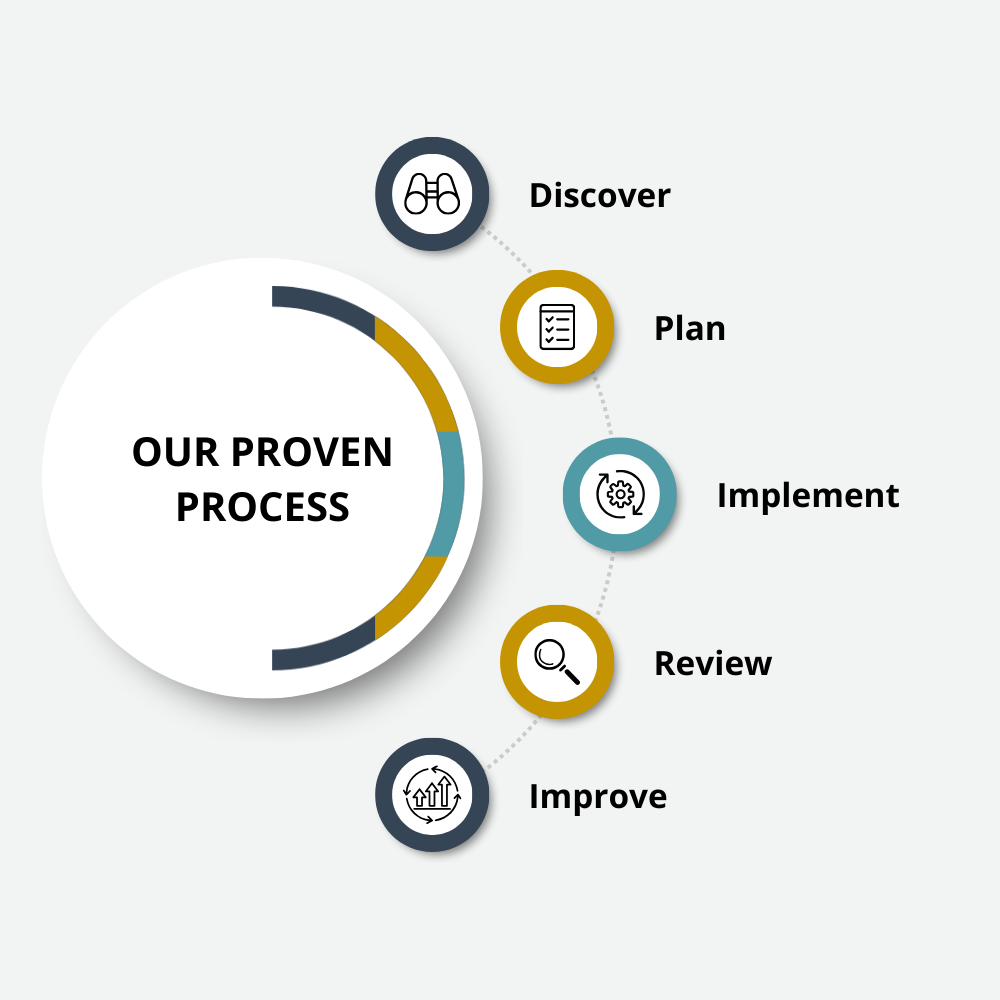On September 13, recently proposed tax law changes in the Build Back Better Act were approved by the House Ways and Means Committee. The draft legislation could be modified by the House Rules Committee before moving to the House floor and may differ from what Senators are preparing. In the meantime, we wanted to share some of the initial proposed changes.
While the following selected tax provisions are still fluid, many of them are likely to be included in the final bill and could go into effect by the end of the year. Currently, most of these changes impact joint taxpayers making over $400,000.
Income Tax Increases
- Ordinary Rates – The top marginal rate for federal income tax brackets will be raised from 37% to 39.6% effective 1/1/2022. This new rate starts at a much lower threshold of $400,000 of taxable income for single filers (S), $450,000 of taxable income for married couples filing jointly (MFJ), $425,000 of taxable income for heads of households (HOH), $225,000 of taxable income for married individuals filing separately (MFS), and estates/trusts with taxable income of $12,500.
- Capital Gains Rates – The top capital gains rate will also be raised from 20% to 25%. This rate would also apply to qualified dividends. This threshold would be aligned to the proposed top marginal income tax brackets starting at $400,000 (S) and $450,000 (MFJ). One thing to note is that this rate would be in effect as of the introduction of this draft legislation (9/13/2021) and can only be waived for prior binding written contracts to sell that close by the end of the 2021 calendar year. Due to the net investment income tax (NIIT) that is assessed at this level of marginal income, it effectively pushes the top federal capital gain rate to at least 28.8%. The 15% capital gains rate will remain the same for income below the new thresholds.
- Net Investment Income Tax – Business income derived in the ordinary course of business would be subject to the 3.8% net investment income (NIIT) surtax. This expansion would increase the overall tax by including a business’s active income that is not subject to self-employment tax. It would also include gains from sales of business assets used in nonpassive businesses, as well as all gains from sales of S corporations and partnerships. This tax increase would apply to individuals with Modified Adjusted Gross Income (MAGI) greater than $400,000 and for married couples greater than $500,000.
- Section 199A Deduction – The Tax Cut and Jobs Act (TCJA) created Section 199A of the Internal Revenue Code, which permits owners of sole proprietorships, S corporations, partnerships, and some trusts and estate to deduct up to 20% of income from a qualified trade or business. Under the House’s draft bill, Section 199A is amended by setting the maximum allowable deduction at $500,000 in the case of a joint return, $400,000 for an individual return, $250,000 for a married individual filing a separate return, and $10,000 for a trust or estate. The amendments made by this section apply to taxable years beginning after December 31, 2021.
- Surtax – An additional 3% surtax is also added for all filing statuses with MAGI greater than $5,000,000 (except MFS at $2,500,000). For trusts, this threshold is only $100,000, which has major implications for any trusts designated as the beneficiary of a retirement account holding significant assets.
Retirement Plan Limitations
- High Value Individual Retirement Arrangements (IRAs) – Following the reports of wealthy individuals with enormous balances in their retirement accounts, this draft bill includes provisions restricting wealthy taxpayers from utilizing these accounts and reaping their benefits.
- Contributions to Traditional IRAs and Roth IRAs will be prohibited if taxpayers are in the highest marginal tax bracket (39.6%) and the total value of their IRAs and defined contribution retirement plans exceed $10,000,000. Both conditions must be present for this rule to apply so a single filer individual with $300,000 of earned income per year with an IRA exceeding $10,000,000 could still make a contribution. However, this limitation does not apply to employer sponsored plans like 401(k)s, SEP IRAs, or defined benefit pension plans.
- This legislation also imposes required minimum distributions (RMDs) on large retirement account balances under the same income and wealth criteria. For combined balances between $10,000,000 and $20,000,000, the owner must distribute 50% of the excess the following year. For example, an owner of a $15,000,000 IRA must distribute ($15,0000 – $10,000,000) x 50% = $2,500,000. In addition, if the accounts exceed $20,000,000, the excess must be distributed from a Roth account up to the lesser of (a) the amount of such excess and (b) the balance of the Roth accounts and then any account may be used for the 50% distribution. Both the contribution and RMD rules would go into effect on 1/1/2022.
- Roth Conversions – Roth conversions would also become severely constrained in the years ahead. Any taxpayer in the highest ordinary income tax bracket would be prohibited from using a Roth conversion beginning on 1/1/2032. This gives individuals a 10-year window to convert pre-tax accounts to a Roth account and pay the taxes now. Since Roth conversions add to an individual’s Adjusted Gross Income (AGI), it is presently unknown if IRA recharacterizations will be reintroduced to rectify illegal conversions. Roth conversions of after-tax funds in retirement accounts would be prohibited for all taxpayers starting 1/1/2022. This eliminates the popular “backdoor” Roth IRA as a planning strategy.
- Prohibited Investments – The bill will also prohibit IRAs from holding any security if the issuer requires the IRA owner to have a certain minimum level of assets or income (e.g., accredited investor limitations) thereby limiting private placement investment opportunities. In addition, to prevent self-dealing, an IRA owner cannot invest his or her assets in a corporation, partnership, trust, or estate in which he or she has a 50% or greater interest (if public) or a 10% or greater interest (if private), with a blanket prohibition on directors and officers. IRA owners have a 2-year transition window to fully comply by 1/1/2024.
Wash Sales Expansion
The IRS has long prohibited owners of stock and other securities from selling the stock at a loss, repurchasing the stock within 30 days, and claiming the loss. To close a potential loophole, the House bill includes commodities, currencies, and digital assets like cryptocurrencies in the wash sale rules (but with an expanded period during which the purchase would trigger the denial of the loss). It also clarifies that purchases by additional persons or entities like a spouses, dependents, controlled entities, and controlled tax-favored accounts would trigger the wash sale rule.
Elimination of Estate Planning Strategies
- Estate Exemption – The bill has the largest impact on gift and estate planning for many individuals. The Tax Cut and Jobs Act (TCJA) doubled the gift and estate tax exemption for estates of decedents dying or gifts made between 1/1/2018 and 12/31/2025. The current unified credit amount is $11,7000,000. The new provision terminates the temporary increase in the unified credit against estate and gift taxes, reverting the credit to its 2010 level of $5,000,000 per individual, indexed for inflation beginning on 1/1/2022.
- Trust Changes – The House’s draft bill makes several changes to grantor trust rules. First, grantor trusts will now be pulled into the decedent’s taxable estate when the decedent is the deemed owner of the trusts. Prior to this provision, taxpayers were able to use grantor trusts to push appreciating assets out of their estate (and avoid estate taxes) while controlling the trust closely. Secondly, a gift tax would be triggered on most distributions from a grantor trust to a trust beneficiary. Third, asset sales to the grantor trust by the deemed owner would incur federal income tax in the same manner as if the deemed owner sold assets to a third party. This precludes a grantor from selling appreciated assets to her grantor trust because the sale would be treated as a realization event with the grantor recognizing taxable gain. The effective date of these changes to grantor trust taxation is the date of the bill’s enactment, and its application would be to any grantor trust created on or after that date, as well as to any contribution to an existing trust on or after that date. The following estate planning strategies would be impacted: grantor retained annuity trust (GRAT), spousal lifetime access trust (SLAT), irrevocable life insurance trust (ILIT), and qualified personal residence trust (QPRT).
- Gifting – Finally, the new provision would disallow valuation discounts, including for lack of marketability or lack of control, of nonbusiness assets for transfer tax purposes. Nonbusiness assets are passive assets that are held for the production of income and not used in the active conduct of a trade or business.
Omissions from the Bill
First, the Biden administration had proposed treating death as an income tax realization event for decedents, but the House Democrats excluded this change from its draft legislation, leaving in place the current step-up in basis rules. Another expected change that was omitted from the House draft was relief from the limitation on the deductibility of state and local income taxes (SALT). Finally, there was no mention of a direct wealth tax.
Planning Opportunities with JFS Wealth Advisors
Due to the high probability that many of these proposals may go into effect once the bill goes through budget reconciliation and then possibly signed into law, JFS Wealth Advisors can identify collaborative planning opportunities to help you successfully navigate these complex issues. Below are a few planning considerations:
1. Tax and Investment Planning
- Perform multi-year income tax projections to determine if it is prudent to accelerate capital gain recognition this year and ultimately pay a lower rate
- Identify tax loss harvesting opportunities
- Review deduction and income timing to minimize taxes
- Maximize the use of tax-efficient vehicles such as IRAs and 401(k)s
2. Retirement planning
- Forecast the impact of Roth conversions on your retirement outcome
- Analyze the optimal portfolio withdrawal and asset location strategies
- Screen and monitor your IRA for prohibited investments
3. Estate Planning
- Review your current estate to optimize planning in 2021 and beyond
- Advise you on how to best update your estate plan with your estate attorney
- Consider accelerating gifting strategies by year end
Please reach out to your wealth advisor with any questions pertaining to your personal wealth plan. We appreciate the trust and confidence you have placed in us.




















